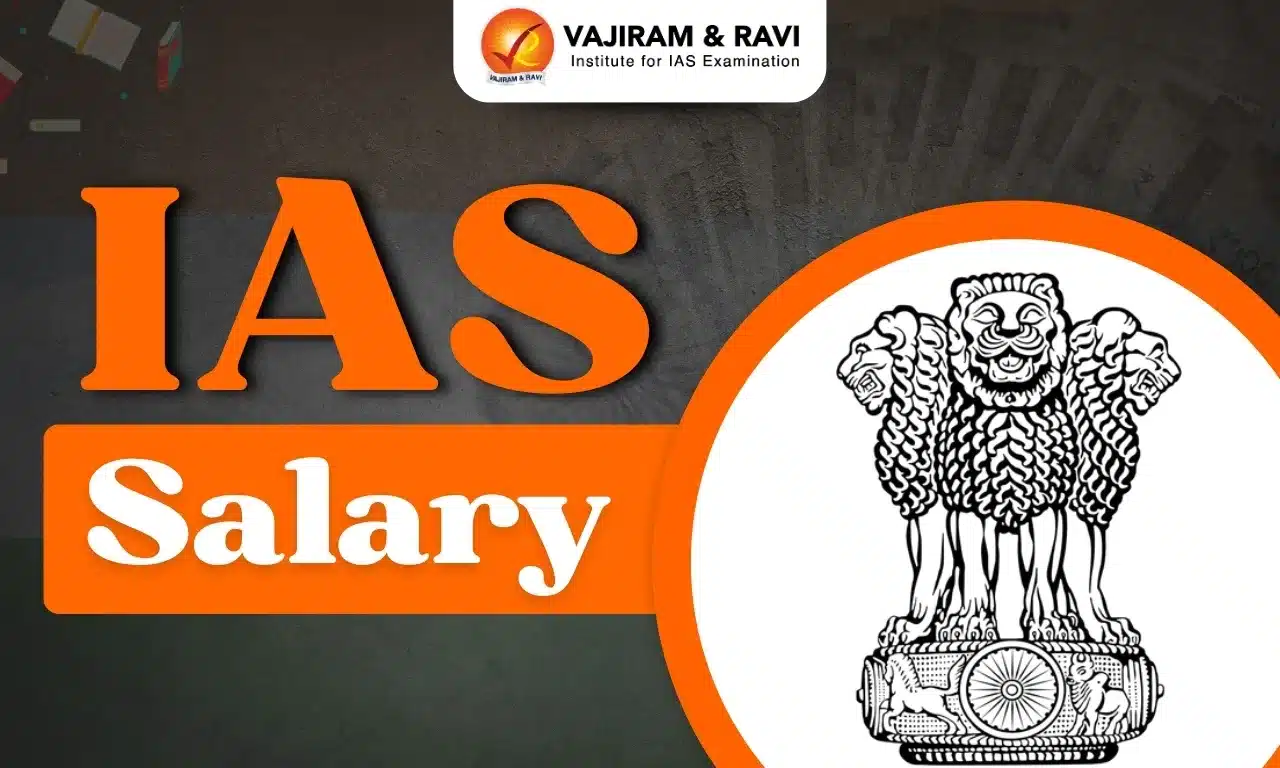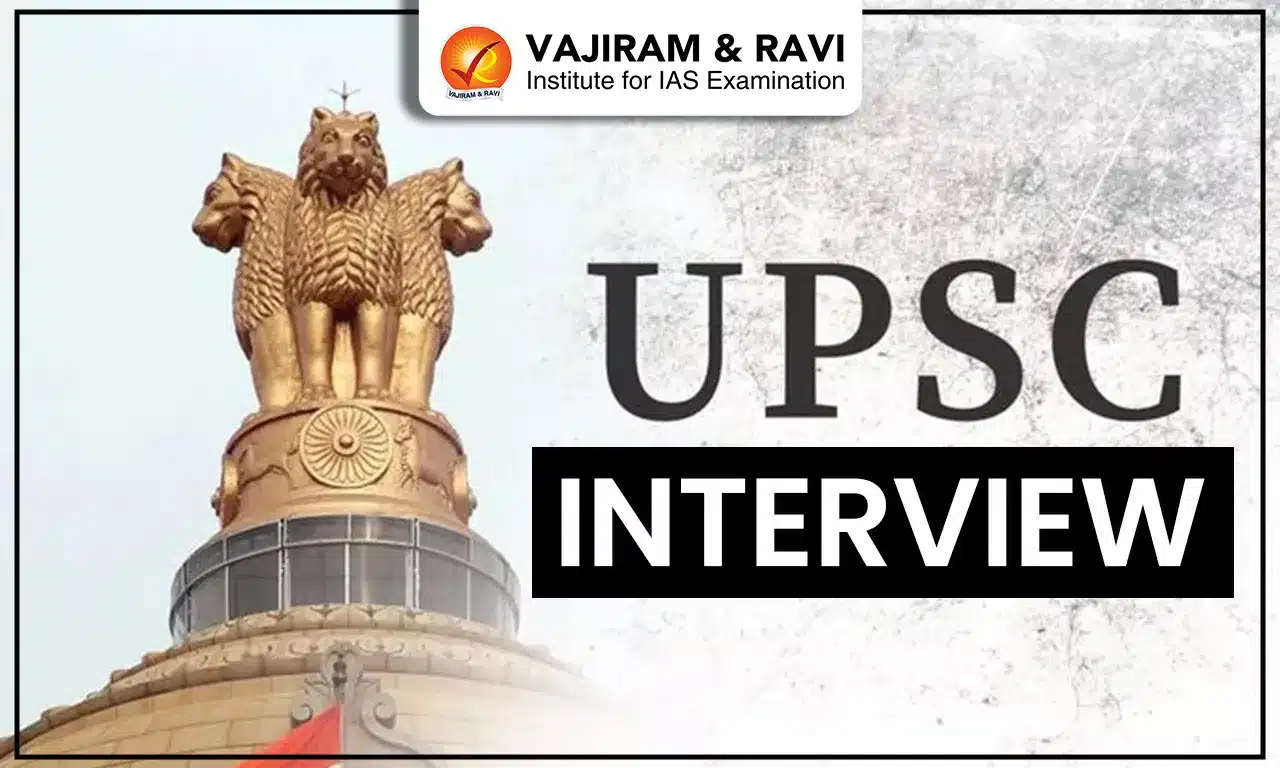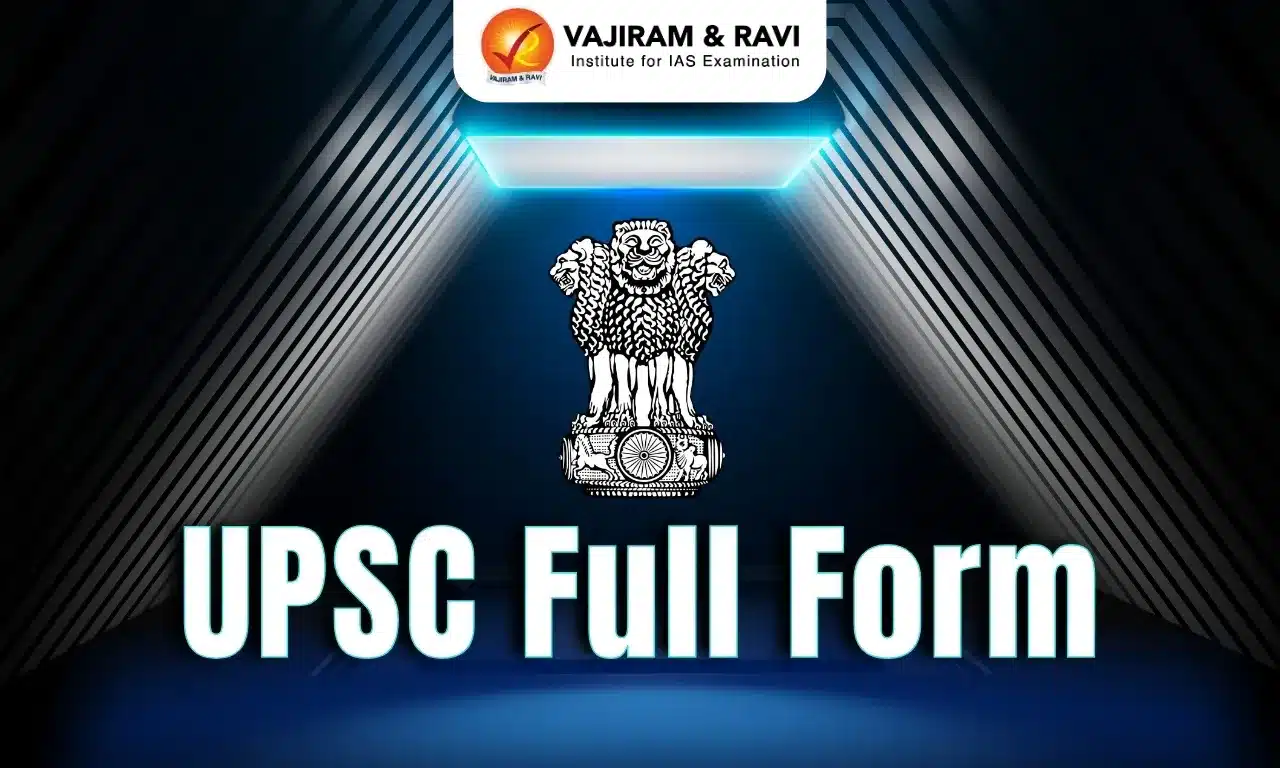The starting basic IAS Salary 2026 is ₹56,100 per month, which increases with experience, seniority, and promotions. At the highest level, the salary can reach up to ₹2,50,000 per month for the post of Cabinet Secretary of India. Along with the basic pay, IAS Officers receive several allowances and perks such as Dearness Allowance (DA), House Rent Allowance (HRA), and Transport Allowance (TA), which vary based on the officer’s posting and location.
Several factors draw young individuals towards a civil service career in the country. Besides the sense of pride and honour associated with being a civil servant or diplomat, the attractive IAS salary, benefits, responsibilities, and authority also play a significant role in influencing their decision.
IAS Salary Per Month
The starting monthly entry-level IAS Salary Per Month in India is ₹56,100. As officers gain experience and receive promotions over the years, their salary increases eventually reach up to ₹1,32,000 per month at senior levels. At the peak of their career, the Cabinet Secretary, the Highest IAS Officer Salary earns around ₹2,50,000 per month, typically after over 37 years of service.
In addition to the basic pay, IAS Officers receive a Dearness Allowance (DA), which is currently 9% of the salary. This adds up to an effective annual DA of approximately 32.7%, enhancing the overall compensation package.
IAS Officer Salary 2026 after 7th Pay Commission
With the implementation of the 7th Pay Commission, the earlier ‘Pay Grade’ system for civil services has been replaced by a new structure known as ‘Consolidated Pay Levels.’ In this revised framework, an IAS Officer Salary 2026 is primarily based on their Basic Pay, which is further supplemented by allowances such as Travel Allowance (TA), Dearness Allowance (DA), and House Rent Allowance (HRA).
This system ensures that all IAS Officers begin with a uniform salary structure, which increases over time with experience, promotions, and higher responsibilities. This transparent and rewarding pay structure is one of the many factors that make the IAS a highly sought-after career path for UPSC aspirants.
| IAS Officer Salary 2026 after 7th Pay Commission | ||||
| Basic Pay (Rs) | Number of years required in service | Post | ||
| District Administration | State Secretariat | Central Secretariat | ||
|
56100 |
1-4 |
Sub-Divisional Magistrate |
Undersecretary |
Assistant Secretary |
|
67,700 |
5-8 |
Additional District Magistrate |
Deputy Secretary |
Undersecretary |
|
78,800 |
9-12 |
District Magistrate |
Joint Secretary |
Deputy Secretary |
|
1,18,500 |
13-16 |
District Magistrate |
Special Secretary-cum-Director |
Director |
|
1,44,200 |
16-24 |
Divisional Commissioner |
Secretary-cum-Commissioner |
Joint Secretary |
|
1,82,200 |
25-30 |
Divisional Commissioner |
Principal Secretary |
Additional Secretary |
|
2,05,400 |
30-33 |
No Equivalent Rank |
Additional Chief Secretary |
No Equivalent Rank |
|
2,25,000 |
34-36 |
No Equivalent Rank |
Chief Secretary |
Secretary |
|
2,50,000 |
37+ years |
No Equivalent Rank |
No Equivalent Rank |
Cabinet Secretary of India |
Highest IAS Officer Salary
As per the latest 7th Pay Commission, the Highest IAS Officer Salary can earn is ₹2,50,000 per month. This amount is designated for the Cabinet Secretary of India, the senior-most position in the Indian administrative hierarchy. Reaching this level typically requires over 37 years of consistent and distinguished service in the civil services.
Rank-Wise IAS Salary Structure
IAS Officers will receive periodic promotions based on experience, performance, and seniority. Their salaries vary according to their rank and responsibilities. The 7th Pay Commission has restructured their pay scales. Below is the Rank-Wise IAS Salary Structure:
| Rank-Wise IAS Salary Structure | |||
| IAS Rank-Wise Post | Pay Level | Basic Pay (Per Month) | Years of Experience |
|
SDM, Undersecretary, Assistant Secretary |
10 |
₹56,100 |
0-4 years |
|
ADM, Deputy Secretary, Undersecretary |
11 |
₹67,700 |
4-9 years |
|
District Magistrate, Joint Secretary, Deputy Secretary |
12 |
₹78,800 |
9-12 years |
|
District Magistrate, Deputy Secretary, and Director |
13 |
₹1,18,500 |
12-16 years |
|
Divisional Commissioner, Secretary-cum-Commissioner, Joint Secretary |
14 |
₹1,44,200 |
16-25 years |
|
Divisional Commissioner, Principal Secretary, and Additional Secretary |
15 |
₹2,05,400 |
25-30 years |
|
Additional Chief Secretary |
16 |
₹2,50,000 |
30+ years |
|
Chief Secretary and Secretary |
17 |
₹2,25,000 |
34-36 years |
|
Cabinet Secretary of India |
18 |
₹2,50,000 |
37+ years |
IAS Salary Growth Over the Years
As IAS Officers advance in their careers, their salary increases with each promotion and year of service. Typically, after completing around five years, an officer is promoted to the Senior Time Scale. With further experience, they move into the Junior Administrative Grade, reflecting their growing responsibilities and administrative expertise.
IAS Salary After 10 Years
The salary of an IAS Officer grows steadily over time with annual increments, promotions, and additional benefits. After completing 10 years of service, officers generally see a significant rise in their pay, which is determined by their level and official designation as per the Pay Matrix prescribed by the Government of India. Typically, IAS Salary After 10 Years reaches Pay Level 14, where the basic pay is around ₹1,44,200 per month. Below is a IAS Salary After 10 Years based on various levels and roles:
- Level 12 (District Magistrate): ₹78,800 per month
- Level 13 (Joint Secretary): ₹1,18,500 per month
- Level 14 (Additional Secretary): ₹1,44,200 per month
- Level 15 (Principal Secretary): ₹1,82,200 per month
These figures serve as general estimates. The actual salary may vary depending on factors such as location of posting, years of service, and individual career progression.
IAS Grade Pay
In the salary structure, the IAS Grade Pay begins at ₹5400 for positions like Sub-Divisional Magistrate (SDM) or Undersecretary. It then progresses based on the pay matrix, which incorporates various levels introduced in the 7th Pay Commission. The details are given in the table below:
| IAS Grade Pay | |||
| Pay Band (in ₹) | Grade Pay (in ₹) | Level in Pay Matrix | Designations |
|
15600-39100 |
5400 |
10 |
Sub-Divisional Magistrate (SDM)/ Undersecretary in State Secretariat/ Assistant Secretary in Central Secretariat |
|
6600 |
11 |
Additional District Magistrate (ADM)/ Deputy Secretary in State Secretariat/ Under-Secretary in Central Secretariat |
|
|
7600 |
12 |
District Magistrate (DM)/ Joint Secretary in State Secretariat/ Deputy Secretary in Central Secretariat |
|
|
37400- 67000 |
8700 |
13 |
DM (Director in Government of India)/ Additional Commissioner in IRS/ Joint Commissioner in IRS |
|
10000 |
14 |
Inspector General (IG) of Police/ Commissioner (IAS/IRS)/ Joint Secretary in GOI |
|
|
67000- 79000 |
– |
15 |
Additional Director General (ADG) of Police/ Additional Secretary in GOI/ Principal Secretary in State/ Principal Commissioner in IRS |
|
80000 |
– |
17 |
Chief Secretary in State/ DG of Police/ Secretary in GOI/ Principal Chief Commissioner in IRS |
|
90000 |
– |
18 |
Cabinet Secretary of India |
IAS Officer Career Growth
An Indian Administrative Service (IAS) officer’s career is marked by a structured progression through various administrative roles, each with distinct responsibilities and authority. From the initial training phase to holding the highest bureaucratic post in the country, IAS Officers gain extensive experience in governance, policy-making, and public administration. The table below outlines the key stages in an IAS Officer Career Growth, highlighting their roles and responsibilities at each level of service.
| IAS Officer Career Growth | |
| Stage / Designation | Key Responsibilities |
|
Probationary Officer (Entry Level) |
|
|
Sub-Divisional Magistrate (SDM) |
|
|
District Magistrate (DM) / Collector / Deputy Commissioner |
|
|
Divisional Commissioner |
|
|
Secretary / Additional Secretary / Joint Secretary (State Govt.) |
|
|
Director / Additional Director (State Departments) |
|
|
Principal Secretary / Additional Chief Secretary / Chief Secretary |
|
|
Central Government Positions |
|
|
Additional Secretary / Joint Secretary / Secretary (Central Ministries) |
|
|
Cabinet Secretary (Apex Position) |
|
IAS Perks & Allowances
The IAS Salary 2026 is categorised into various grades, and the final amount is determined by the grade in which the officer serves. This salary comprises basic pay, grade pay, and additional perks and allowances that an IAS Officer is entitled to receive. Some of these benefits are outlined below:
- Dearness Allowance (DA): This is a crucial component of an IAS Salary 2026, subject to periodic increments by the government. It can reach up to 103% of the basic pay, directly impacting the overall IAS Salary 2026.
- House Rent Allowance (HRA): HRA varies according to the city of the officer’s posting. Typically ranging from 8% to 24% of the basic pay, it aids in covering housing expenses.
- Medical Allowance: The IAS Salary 2026 includes a medical allowance, which can be claimed for reimbursement during medical treatments.
- Other Benefits and Allowances: Various other benefits include transport allowance, house help benefits, mobile bills, travel expenses, as well as pension and retirement benefits.
It is essential for aspiring candidates to remember that the pay scale offered to an IAS Officer should not be the sole determinant for joining the services. The civil service offers an opportunity to serve the nation and positively impact the lives of its people. The chief motivation should be the desire to contribute to the country’s development and enhance the well-being of its citizens.
IPS vs IAS Salary
Both Indian Administrative Service (IAS) and Indian Police Service (IPS) officers begin their careers with a basic pay of ₹56,100 per month, excluding allowances such as Travel Allowance (TA), Dearness Allowance (DA), and House Rent Allowance (HRA). As they advance in their careers, their salaries increase significantly based on rank and seniority. The Highest IAS Officer Salary can reach up to ₹2,50,000 at the position of Cabinet Secretary, while the top salary for an IPS officer, serving as the Director General of Police (DGP), can go up to ₹2,25,000. While the salary structures are largely similar, the distinction lies in their ranks and designations within their respective services.
Last updated on December, 2025
→ Check out the latest UPSC Syllabus 2026 here.
→ Join Vajiram & Ravi’s Interview Guidance Programme for expert help to crack your final UPSC stage.
→ UPSC Mains Result 2025 is now out.
→ UPSC Notification 2026 is scheduled to be released on January 14, 2026.
→ UPSC Calendar 2026 is released on 15th May, 2025.
→ The UPSC Vacancy 2025 were released 1129, out of which 979 were for UPSC CSE and remaining 150 are for UPSC IFoS.
→ UPSC Prelims 2026 will be conducted on 24th May, 2026 & UPSC Mains 2026 will be conducted on 21st August 2026.
→ The UPSC Selection Process is of 3 stages-Prelims, Mains and Interview.
→ UPSC Result 2024 is released with latest UPSC Marksheet 2024. Check Now!
→ UPSC Prelims Result 2025 is out now for the CSE held on 25 May 2025.
→ UPSC Toppers List 2024 is released now. Shakti Dubey is UPSC AIR 1 2024 Topper.
→ UPSC Prelims Question Paper 2025 and Unofficial Prelims Answer Key 2025 are available now.
→ UPSC Mains Question Paper 2025 is out for Essay, GS 1, 2, 3 & GS 4.
→ UPSC Mains Indian Language Question Paper 2025 is now out.
→ UPSC Mains Optional Question Paper 2025 is now out.
→ Also check Best IAS Coaching in Delhi
IAS Salary 2026 FAQs
Q1. What is the starting salary of an IAS Officer?+
Q2. What is the salary of IAS after 5 years?+
Q3. What is the highest post in IAS?+
Q4. Who will pay IAS salary?+
Q5. What is DM salary?+

















